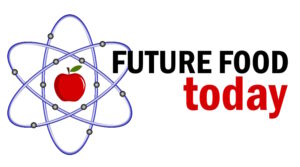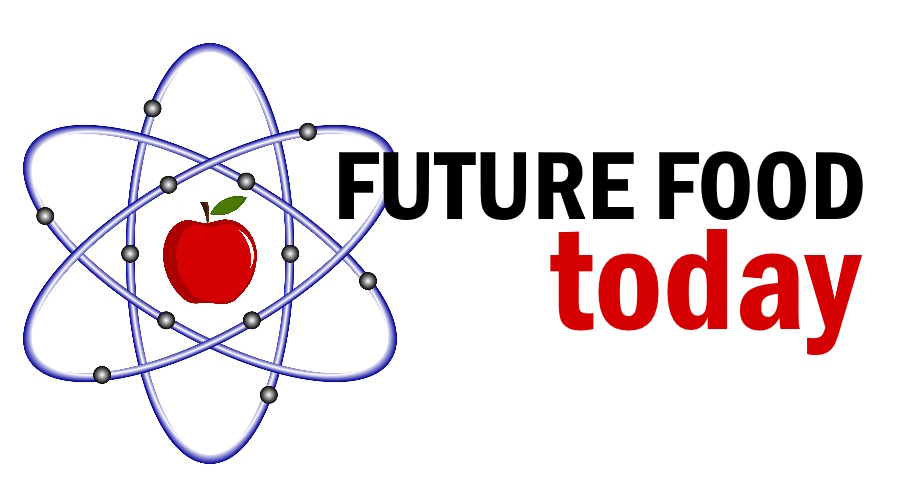
Researchers from the PhenoRob Cluster of Excellence at the University of Bonn in Germany are working on driving forward the smart digitalisation of agriculture and have published a list of the research questions that will need to be tackled as a priority in the future. Their paper has appeared in the European Journal of Agronomy.
That the Earth feeds over eight billion people is thanks to modern high-performance agriculture. However, this success comes at a high cost. Current cultivation methods are threatening biodiversity, while the production of synthetic fertilisers generates greenhouse gases, and agricultural chemicals are polluting water and the environment.
Many of these problems can be mitigated by using more targeted methods, e.g. by only applying herbicides to those patches of a field where weeds are actually becoming a problem rather than treating the whole area. Other possibilities are to treat diseased crops individually and to only apply fertiliser where it is really needed. Yet strategies like these are complicated and virtually impossible to manage at scale by conventional means.
Harnessing AI to become more sustainable and efficient
“One answer could be to use smart digital technologies,” said Hugo Storm, a member of the PhenoRob Cluster of Excellence.

The University of Bonn has partnered with Forschungszentrum Jülich, the Fraunhofer Institute for Algorithms and Scientific Computing in Sankt Augustin, the Leibniz Centre for Agricultural Landscape Research in Müncheberg, and the Institute of Sugar Beet Research in Göttingen on the large-scale project geared toward making farming more efficient and more environmentally friendly using new technologies and artificial intelligence (AI).
In their recently published position paper, the researchers set out the steps that they believe have to be tackled as a priority in the short term.
“We’ve identified a few key research questions,” Storm said.
One of these relates to monitoring farmland to spot any nutrient deficiency, weed growth or pest infestations in real-time. Satellite images provide a rough overview, while drones or robots enable a much more detailed monitoring. The latter can cover a whole field systematically and even record the condition of individual plants in the process.
“One difficulty lies in linking all these pieces of information together,” said Storm’s colleague Sabine Seidel, who coordinated the publication with him.
“For example, when will a low resolution be sufficient? When do things need to get more detailed? How do drones need to fly in order to achieve maximum efficiency in getting a look at all the crops, particularly those at risk?”
The data obtained provides a picture of the current situation. However, farmers are mainly interested in weighing up various potential strategies and their possible implications: how many weeds can my crop withstand, and when do I need to intervene? Where do I need to apply fertilizer, and how much should I put down? What would happen if I used less pesticide?
“To answer questions like these, you have to create digital copies of your farmland, as it were,” Seidel explained.

“There are several ways to do this. Something that researchers still need to find out is how to combine the various approaches to get more accurate models.”
Suitable methods also need to be developed to formulate recommendations for action based on these models. Techniques borrowed from machine learning and AI have a major role to play in both these areas.
Farmers have to be on board
If crop production is to embrace this digital revolution, however, the people who will actually be putting it into action—the farmers—will also need to be convinced of its benefits.
“Going forward, we’ll have to focus more on the question of what underlying conditions are needed to secure this acceptance,” said Professor Heiner Kuhlmann, a geodesist and one of the Cluster of Excellence’s two speakers alongside the head of its robotics group Professor Cyrill Stachniss.
“You could offer financial incentives or set legal limits on using fertiliser, for instance.”
The effectiveness of tools like these, either on their own or in combination, can likewise be gauged nowadays using computer models.
In their paper, the researchers from PhenoRob also use examples to demonstrate what current technologies are already capable of doing. For example, a “digital twin” of areas under cultivation can be created and fed a stream of various kinds of data with the help of sensors. This could, for example, detect root growth or the release of gaseous nitrogen compounds from the soil.
“In the medium term, this will enable levels of nitrogen fertilizer being applied to be adapted to crops’ needs in real time depending on how nutrient-rich a particular spot is,” Stachniss said.
Publication: Hugo Storm, Sabine Julia Seidel, Lasse Klingbeil, Frank Ewert, Harry Vereecken, Wulf Amelung, Sven Behnke, Maren Bennewitz, Jan Börner, Thomas Döring, Juergen Gall, Anne-Katrin Mahlein, Chris McCool, Uwe Rascher, Stefan Wrobel, Andrea Schnepf, Cyrill Stachniss, Heiner Kuhlmann: “Research priorities to leverage smart digital technologies for sustainable crop production,” in: European Journal of Agronomy.
Jim Cornall is editor of Future Food Today and publisher at Ayr Coastal Media. He is an award-winning writer, editor, photographer, broadcaster, designer and author. Contact Jim here.





